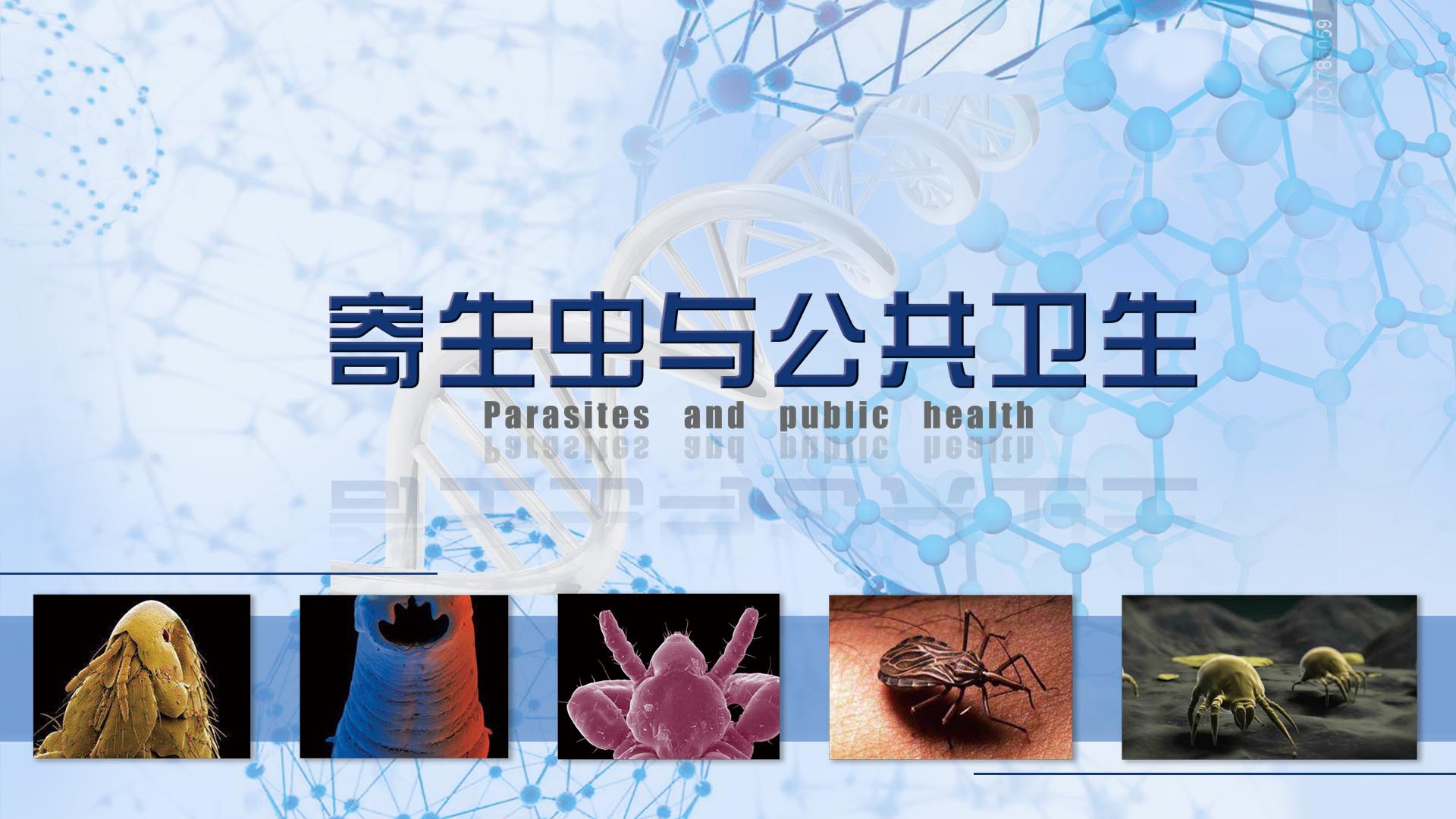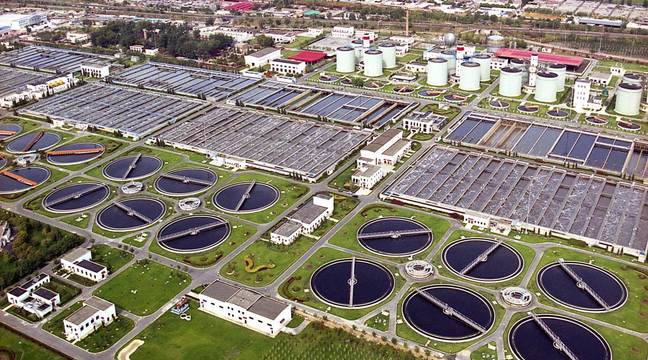
当前课程知识点:Water and Wastewater Treatment Engineering: Biochemical Technology > Chapter 3 Aerobic biofilm process > Section 3.2 Biofilter process > Section 3.2.2 Biofilter process (2)
返回《Water and Wastewater Treatment Engineering: Biochemical Technology》慕课在线视频课程列表
返回《Water and Wastewater Treatment Engineering: Biochemical Technology》慕课在线视频列表
影响生物滤池功能的主要的因素呢,有如下五点
第一个呢,是滤床的比表面积和它的孔隙率
第二呢,是滤床的高度,第三呢,是滤池所产生的有机负荷和水力负荷
第四是,回流比,第五呢,是供氧
第一个影响因素是滤床的比表面积和孔隙率
一般来说滤料的表面积越大,生物膜的表面积也就会越大
生物膜的量也就越多,整个滤池的净化功能就会更强烈一些
而孔隙率大呢,是表示滤床不容易堵塞,通风的效果良好
可以为生物膜的好氧代谢,提供足够的氧气
因此的话,滤床的比表面积和孔隙率
我们是希望它同时都很大,那么就会扩大了这个传质的界面
促进水流的紊动,有利于提高这个净化的功能
而第二个因素是滤床的高度,通过很多实验的研究
我们发现滤床的不同高度呢,它的生物膜的量、微生物的种类
以及呢,去除有机物的速率等方面都是不相同的
通常来说在滤床的上层,废水中间的有机物浓度高,营养物质比较丰富
所以呢,微生物的繁殖速度就会快,生物膜的量也就多
而且呢,主要以细菌为主
在这个里面,有机污染物的去除的速率很高
但是随着滤床深度的增加呢,废水中间的有机物量逐渐减少
水质也得到了提高,生物膜的量也就相应的会减少
微生物从比较低级的细菌趋向于向高级的原生动物,后生动物而发展
有机物的去除速率也会降低,有机物的去除效果呢
随着滤床深度的增加而提高,但去除的速率呢
却随着深度的增加而降低
这里面呢,给出了一个实验的结果
我们可以看到呢,在滤床的不同的深度
它对其中的各种污染物质的去除的效果是不一样的
第三个方面,是有机负荷和水力负荷
有机负荷呢,我们当然在前面已经学过
对于这个生物滤池来说呢,我们主要考察的是
它的这个容积负荷,它的单位呢是kgBOD5/m3·d
对于水力负荷来说呢,我们有的时候有两个概念
一个叫水力的表面负荷,单位呢是m3/(m2·d)
或者呢,简单的称为m/d,或者是m/h
这样实际上是一个速度的单位
所以有的时候把这个水力的表面负荷呢,我们称为滤速
第二个概念是水力的容积负荷
实际上是指 m3/m3·d,第二个立方米呢
实际上指的是这个滤床的容积,有机负荷高的话呢
生物滤池中间的生物膜增长速度就会快
相应的也就需要较高的水力负荷
因为较高的水力负荷,有利于对生物膜
产生这个足够的水力冲刷,控制生物膜的厚度
一般呢,在这种情况下,就可能需要通过出水回流来解决
因此呢,第四个影响因素呢,我们称为出水回流
那就是对于高负荷生物滤池或者是塔式生物滤池来说呢
一般都会要采用这个出水回流
出水回流能够带来一定的这个优点
它的优点就是滤池可以得到连续投配的废水,运行稳定
第二较高的这个回流可以提高水力负荷
可以连续的冲刷去除老化以后的生物膜,降低生物膜的厚度
并且抑制滤池里面的一些苍蝇的孳生
第三还能够把这个滤池的负荷呢,能够在一定程度上起到均衡的作用
提高滤池的效果,而且呢,还有针对一些工业废水来说
它可以起到一定的稀释和降低有毒有害物质的浓度
和进水中有机物浓度这样的作用
第五个因素呢是供氧
在生物滤池中间呢,一般是采用自然通风
影响生物滤池自然通风的一些主要因素,有这样几个方面
第一个呢是滤池内部的温度跟当地气温之差
第二呢是滤池的高度
第三呢,是滤料孔隙率,以及当地的风向或者是风力
第四呢,滤池的堵塞有的时候也会影响这个通风的效果
-Section 0.1 Development Status of Wastewater Treatment Process
--Section 0.1 Development Status of Wastewater Treatment Process
-Section 0.2 Typical Processes of Wastewater Biological Treatment
--Section 0.2 Typical Processes of Wastewater Biological Treatment
-Section 1.1 Principles of wastewater aerobic biological treatment
--1.1 Principles of wastewater aerobic biological treatment
-Section 1.2 Principles and determination of wastewater biodegradability
--1.2 Principles and determination of wastewater biodegradability
-Section 1.3 Principles of wastewater anaerobic biological treatment
--Section 1.3.1 Principles of wastewater anaerobic biological treatment(1)
--Section 1.3.2 Principles of wastewater anaerobic biological treatment(2)
-Section 1.4 Principles of wastewater biological nitrogen removal
--Section 1.4 Principles of wastewater biological nitrogen removal
-Section 1.5 Principles of wastewater biological phosphorus removal
--Section 1.5 Principles of wastewater biological phosphorus removal
-Chapter 1 Homework
-Section 2.1 Basic concept of activated sludge process
--Section 2.1.1 Basic concept of activated sludge process
--Section 2.1.2 Basic concept of activated sludge process
-Section 2.2 Growth rule of activated sludge and its application
--Section 2.2 Growth rule of activated sludge and its application
-Section 2.3 Running mode of activated sludge process
--Section 2.3.1 Running mode of activated sludge process(1)
--Section 2.3.2 Running mode of activated sludge process(2)
-Section 2.4 Kinetics of active sludge process
--Section 2.4.1 Kinetics of active sludge process(1)
--Section 2.4.2 Kinetics of active sludge process(2)
--Section 2.4.3 Kinetics of active sludge process(3)
--Research and Development of Kinetic Model of Activated Sludge Process
-Section 2.5 Principle, calculation and equipment of aeration
--Section 2.5.1 Principle, calculation and equipment of aeration(1)
--Section 2.5.2 Principle, calculation and equipment of aeration(2)
-Section 2.6 Designing of activated sludge process
--Section 2.6 Designing of activated sludge process
-Section 2.7 Operation and management of active sludge process
--Section 2.7.1 Operation and management of active sludge process (1)
--Section 2.7.2 Operation and management of active sludge process (2)
-Chapter 2 Homework
-Section 3.1 Basic principle of biofilm
--Section 3.1 Basic principle of biofilm
-Section 3.2 Biofilter process
--Section 3.2.1 Biofilter Process (1)
--Section 3.2.2 Biofilter process (2)
--Section 3.2.3 Biofilter process (3)
-Section 3.3 Biodisk process
-Section 3.4 Biological contact oxidation process
--Section 3.4 Biological contact oxidation process
-Section 3.5 Aerobic biological fluidized bed process
--Section 3.5 Aerobic biological fluidized bed process
-Chapter 3 Homework
-Section 4.1 Oxidation ditch process
--Section 4.1 Oxidation ditch process
-Section 4.2 A-B process
-Section 4.3 SBR process
-Section 4.4 MBR process
-Chapter 4 Homework
-Section 5.1 Overview and characteristics of development of anaerobic biological treatment
--Section 5.1 Overview and characteristics of development of anaerobic biological treatment
-Section 5.2 Anaerobic digester
--Section 5.2 Anaerobic digester
-Section 5.3 Anaerobic contact process and anaerobic filter process
--Section 5.3 Anaerobic contact process and anaerobic filter process
-Section 5.4 UASB process
-Section 5.5 Other anaerobic biological treatment process
--Section 5.5 Other anaerobic biological treatment process
-Section 5.6 Operation management of anaerobic biological treatment process
--Section 5.6 Operation management of anaerobic biological treatment process
-Chapter 5 Homework
-Section 6.1 Introduction
-Section 6.2 Biological nitrogen removal process and technology
--Section 6.2 Biological nitrogen removal process and technology
-Section 6.3 Biological phosphorus removal process and technology
--Section 6.3 Biological phosphorus removal process and technology
-Section 6.4 Simultaneous nitrogen and phosphorus removal process
--Section 6.4 Simultaneous nitrogen and phosphorus removal process
-Chapter 6 Homework
-Section 7 Natural biological treatment process
--Section 7 Natural biological treatment process
-Chapter 7 Homework
-Section 8.1 Source, nature and treatment of sludge
--Section 8.1 Source, nature and treatment of sludge
-Section 8.2 Sludge thickening and digestive stability
--Section 8.2 Sludge thickening and digestive stability
-Section 8.3 Sludge conditioning, dehydration and incineration
--Section 8.3 Sludge conditioning, dehydration and incineration
-Chapter 8 Homework
-Section 9 Wastewater Discharge and Reuse
--Section 9 Wastewater Discharge and Reuse
-Chapter 9 Homework



